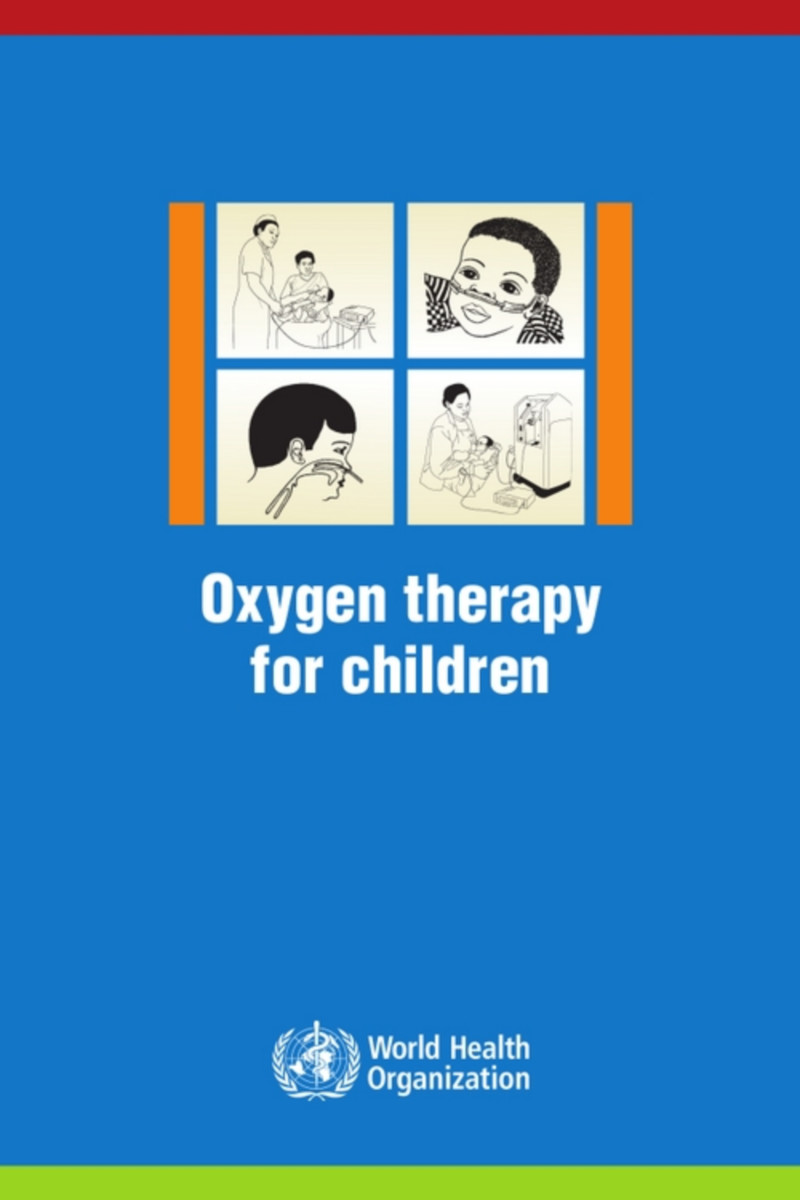Oxygen Therapy for Children
A Manual for Health Workers
- Publisher
World Health Organization - Published
25th April 2017 - ISBN 9789241549554
- Language English
- Pages 64 pp.
- Size 8.25" x 11.75"
This manual is part of a series of resources for improving the quality of care for severely ill children in health facilities. It supports the improved use and availability of oxygen therapy in low resource settings. The manual addresses the need for appropriate detection of hypoxaemia and use of pulse oximetry, oxygen delivery systems and monitoring of patients on oxygen therapy. In addition, the manual addresses practical use of pulse oximetry, and oxygen concentrators and cylinders. Advanced and high technology oxygen options, such as mechanical ventilation or extracorporeal membrane oxygenation, are not described.
The main purpose is to:
* Increase the awareness and the need for improving the availability of oxygen therapy in low resource settings.
* Improve the detection and management of hypoxaemia in severely ill children.
* Improve the delivery and monitoring of patients on oxygen therapy.
This practical bedside manual can be used in most areas of the world and can be adapted to country-specific circumstances.
This manual is intended primarily for use by health care providers, policy makers, biomedical engineers, child health program managers, health facility administrators, and other paramedical professional staff involved in the care of children. It can also be used as a resource in medical and paramedical pre-service training institutions.
World Health Organization
World Health Organization is a Specialized Agency of the United Nations, charged to act as the world's directing and coordinating authority on questions of human health. It is responsible for providing leadership on global health matters, shaping the health research agenda, setting norms and standards, articulating evidence-based policy options, providing technical support to countries, and monitoring and assessing health trends.


